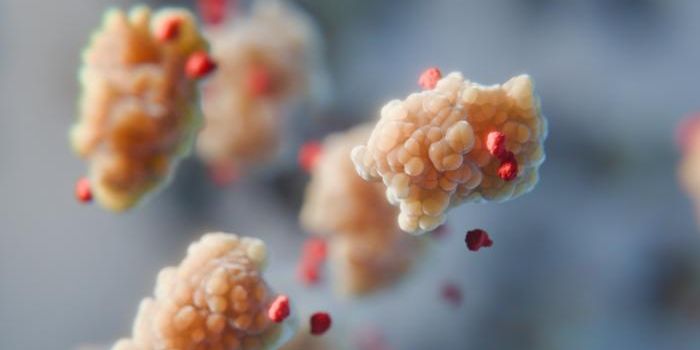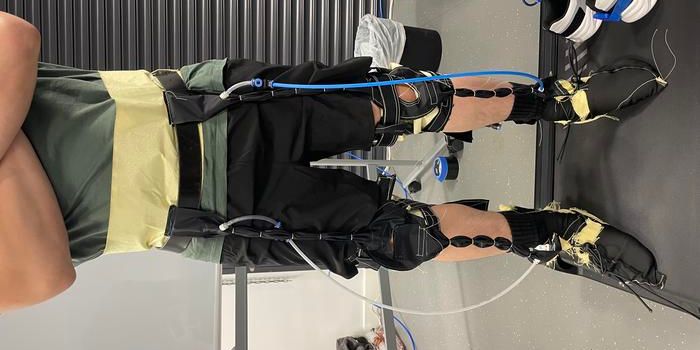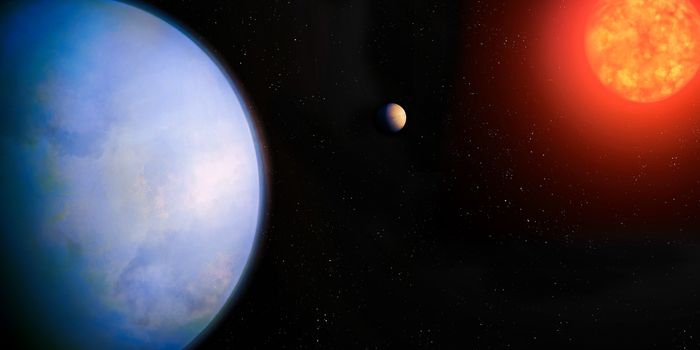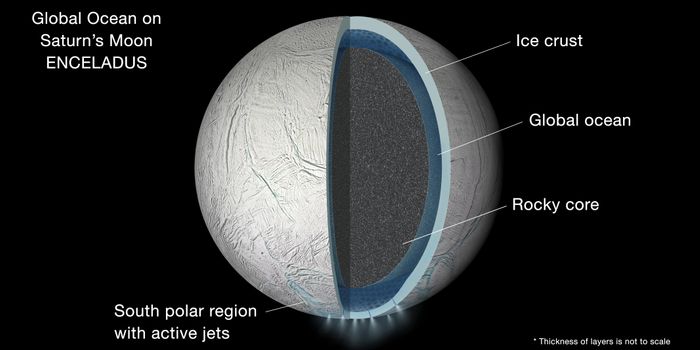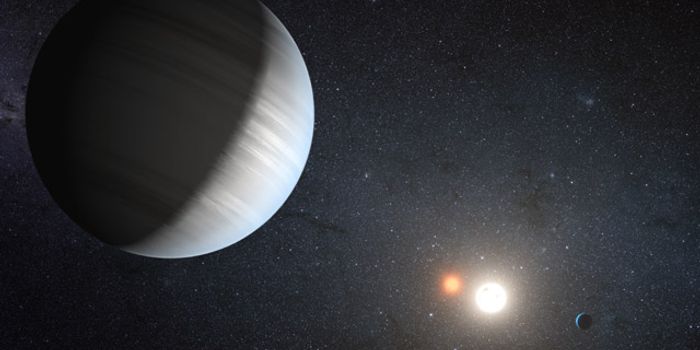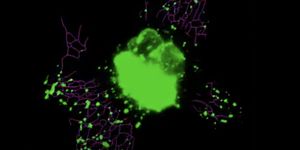Applying photocycloaddition to modify graphene
Research published recently in the journal Nature Chemistry reports on the development of a new technique that uses a chemical reaction called photocycloaddition to modify graphene. Graphene is a material composed of the thickness of one atom of carbon. Though made up of only carbon, like coal, or graphite, or diamond, its powers lay in the bonds of its carbon atoms, which make it one of the strongest materials known on Earth. Graphene is used in industrial applications ranging from electronics to biomedicine to aerospace.
But although graphene’s physical, optical and mechanical properties are incredible, it has its own limitations. "No other material has properties similar to graphene, yet unlike semiconductors used in electronics, it lacks a band gap. In electronics, this gap is a space in which there are no energy levels that can be occupied by electrons. Yet it is essential for interacting with light," explained Professor Federico Rosei from the Institut national de la recherche scientifique’s Énergie Matériaux Télécommunications Research Centre.
The lack of a band gap in the material motivated an international collaboration between scientists to address this dilemma. "The multidisciplinary group of researchers from Canada, China, Denmark, France, and the United Kingdom succeeded in modifying graphene so as to create a band gap. Current research is rather fundamental but could have repercussions over the next few years in optoelectronics, such as in the fabrication of photodetectors or in the field of solar energy. These include the manufacture of high-performance photovoltaic cells for converting solar energy into electricity, or the field of nanoelectronics, for the extreme miniaturization of devices," commented Professor Rosei.
The team was able to modify the structure and properties of graphene to introduce a band gap into the material through the process of photocycloaddition, which alters the bonds between atoms using ultraviolet light. The authors describe the hybridization process in the following manner:
“We demonstrate a spatially selective photocycloaddition reaction of a two-dimensional molecular network with defect-free basal plane of single-layer graphene. Directly visualized at the submolecular level, the cycloaddition is triggered by ultraviolet irradiation in ultrahigh vacuum, requiring no aid of the graphene Moiré pattern. The reaction involves both [2+2] and [2+4] cycloadditions.”
Though still in its preliminary phases of development, the researchers hold high hopes for their approach, saying it will ultimately enhance the designing and engineering of graphene-based optoelectronic and microelectronic devices
Sources: Nature Chemistry, Eureka Alert

